
Locating Polaris, the Big Dipper, and Orion’s Belt is not a difficult task. However, identifying the constellations can be quite challenging. For those who wish to effortlessly navigate the celestial sky, we have compiled a list of free smartphone applications – take advantage of them.
“Star map” for a clear view of the stars and nothing else
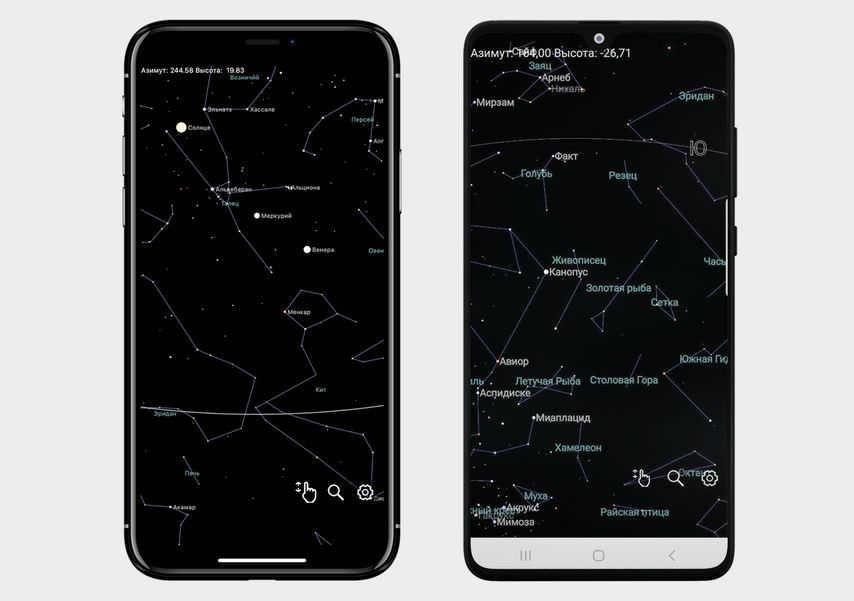
Language: English. How it appears. "Star Map" stands out from the rest of the applications in terms of its simplistic design. The backdrop is dark, the horizon is indicated by a white line, and the stars and planets are represented as variously colored and sized dots, reflecting their individual attributes. For instance, Mars is depicted as red, while Jupiter is depicted as orange.
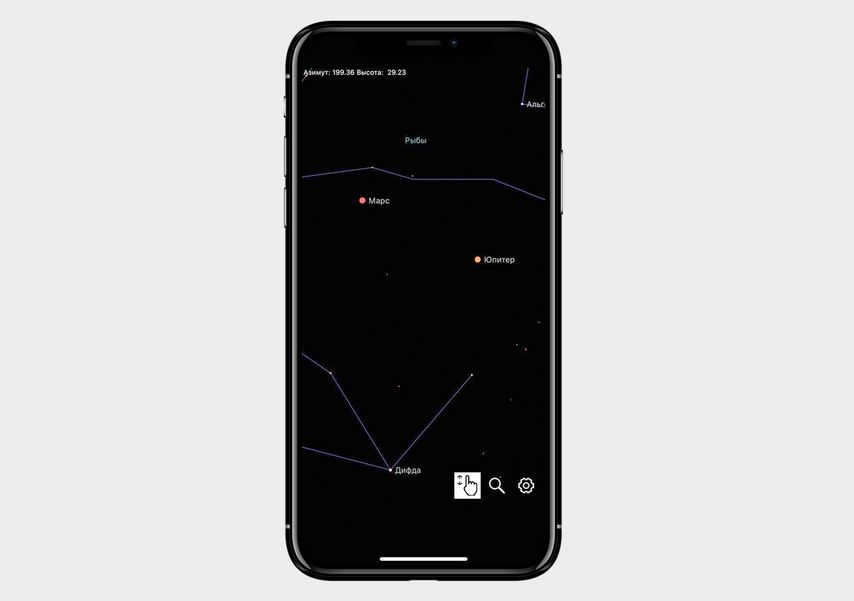
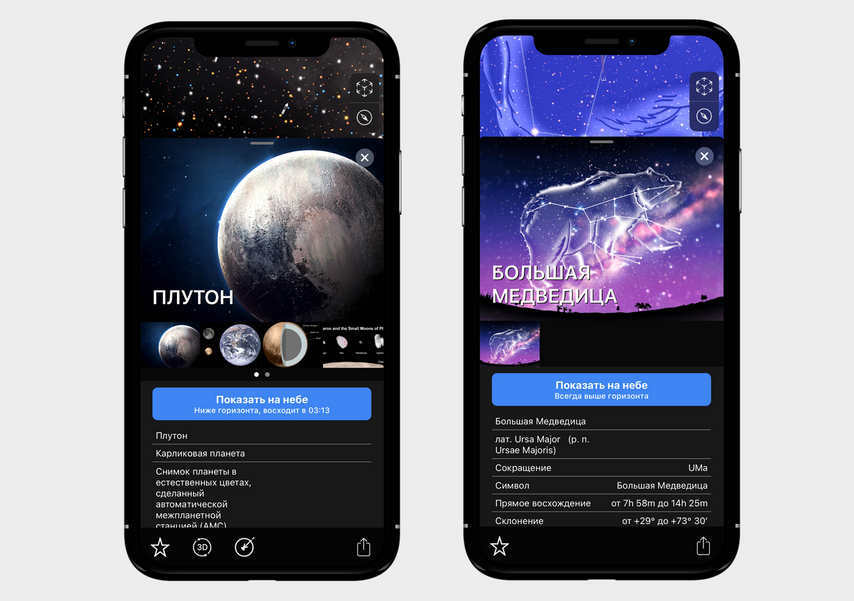
The Sun will permanently remain at the core, making it impossible to switch to Earth or Jupiter to observe the motion of celestial entities in relation to them.
Additionally, the application provides the opportunity to view the lunar phases for the present month. This feature proves useful if one adheres to the suggestions of the lunar calendar or has an interest in astrophotography, eagerly anticipating the full moon to capture every crater in exquisite detail.
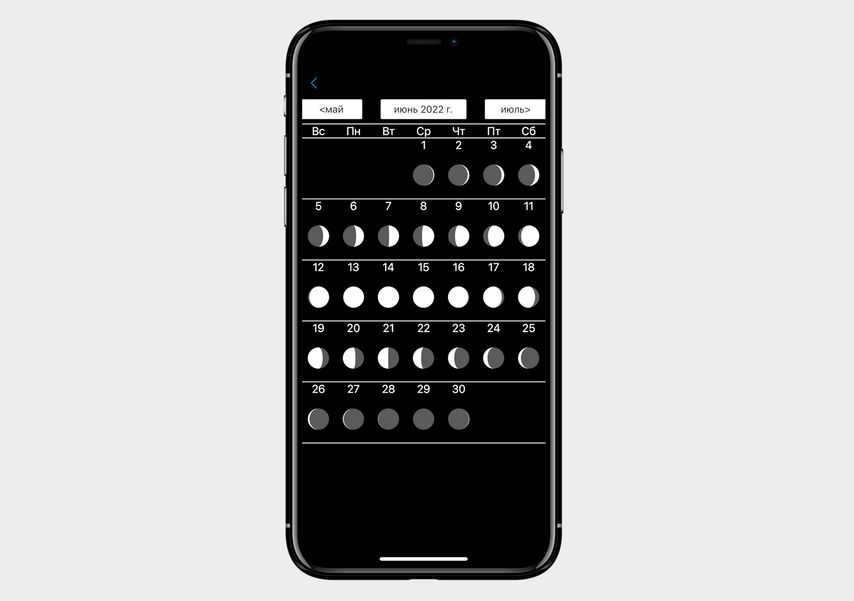
For instance, during the period of June 19th to 24th, the schedule displays a complete lunar phase – if you capture photographs of the moon on these specific days and the weather remains clear, you will capture exceptional shots. However, to observe the celestial bodies, it is advisable to select the phase of the new moon, thereby minimizing any interference from the moon’s glow.
Astrograph for observing constellations
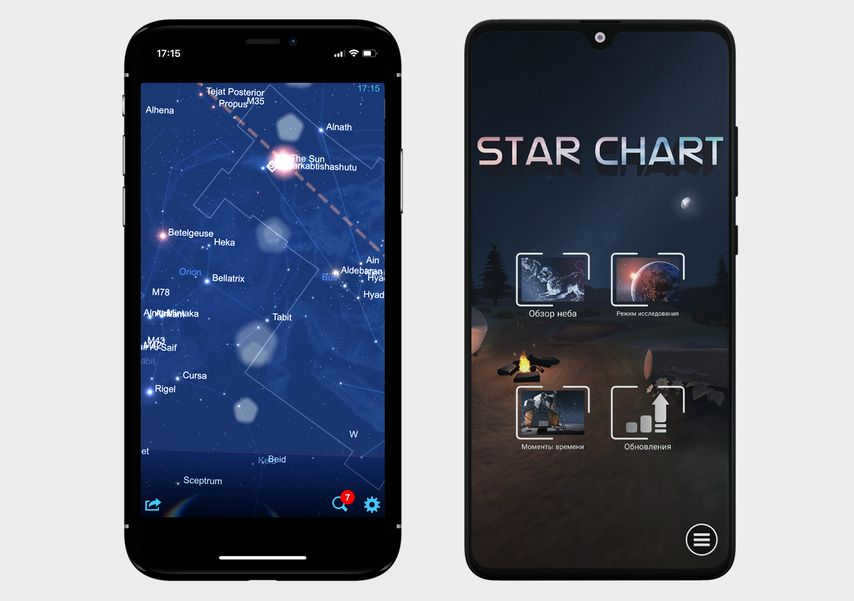
With Star Chart, you have the opportunity to observe the celestial bodies while enhancing your English skills.
Language options include English for iOS users and Russian for Android users.
Visuals. The app’s interface is captivating, resembling a night sky with its background. Stars are identified by dots, which are surrounded by a gentle glow. Constellations are connected by lines, creating a clear representation. By pointing your smartphone at a specific constellation, you can view additional images, such as a bear, swan, or crown.
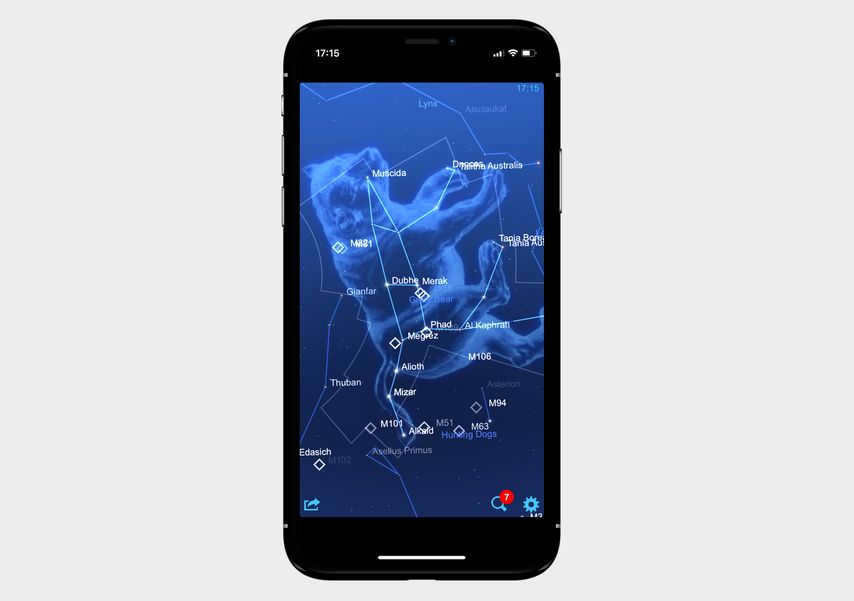
Take, for instance, the Big Dipper as seen in the iPhone application.
Instructions for use. The application functions similarly to its predecessor. It also recognizes your current location and displays the starry sky in your vicinity. To observe the stars surrounding you, simply rotate your smartphone. Alternatively, you can switch to manual control by disabling the AR Mode in the settings and navigating the sky by swiping the screen with your finger.
The features. You have the ability to zoom in on a star or planet, and tapping on it will reveal its name at the bottom of the screen. By tapping on the three dots, you can access the menu which provides the coordinates of the celestial body as well as its key characteristics such as diameter, surface temperature, and distance from neighboring objects.
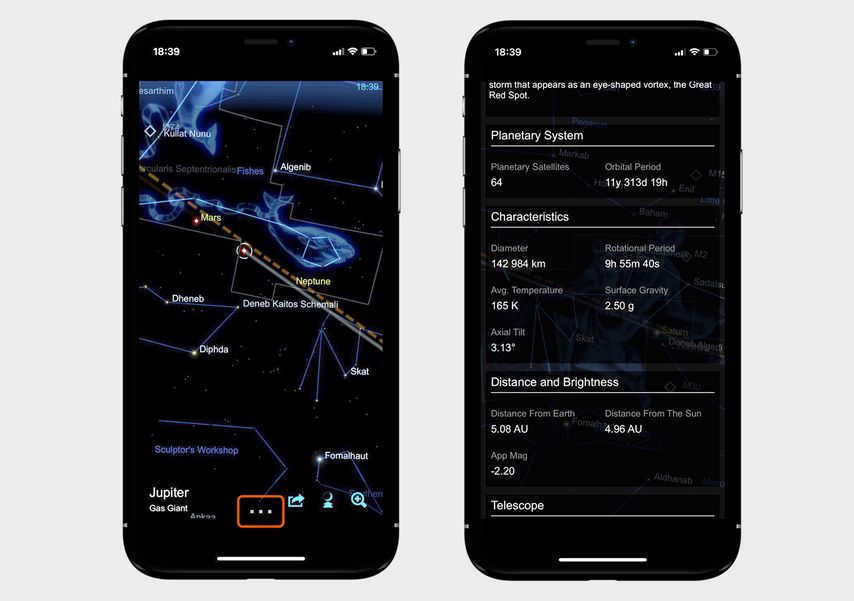
For more information about Jupiter, click on the three dots below
In the app, you have the option to purchase catalogs and view not just stars, but other celestial bodies as well. For instance, you can obtain a map of meteor showers and satellite trajectories for 449 ₽ on iOS or 229 ₽ on Android. If you own an iPhone, you can pay using your cell phone account or Qiwi wallet. However, if you have an Android smartphone, you are currently unable to make any purchases.
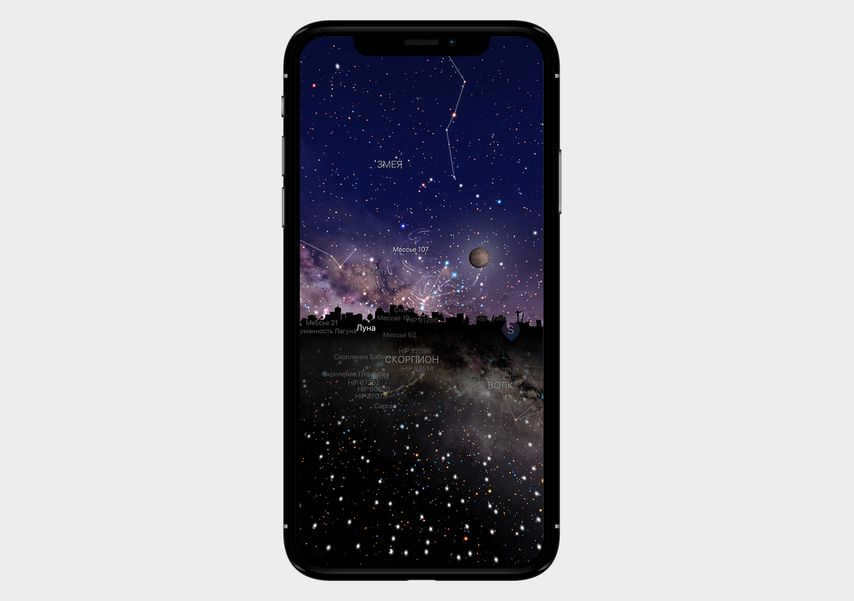
Night Sky X offers a unique experience by providing a glimpse into the vastness of the universe. With its advanced technology, this application allows users to explore stars, satellites, and even rocket stages that orbit around our planet Earth.
Although the interface of the app is in Russian, it incorporates English names and descriptions, making it accessible to a wider audience.
One notable feature of Night Sky X is its realistic depiction of the night sky, complete with the outlines of cities on the horizon line. This adds a sense of familiarity and context to the stargazing experience. The screen displays a comprehensive view of various celestial bodies, including planets, stars, comets, asteroids, galaxies, and nebulae. Additionally, users can also observe the movement of satellites and rocket stages as they traverse the Earth’s orbit.
While the abundance of information may seem overwhelming at first, it ultimately enhances the overall experience. By gaining a deeper understanding of the vastness of the cosmos, users can appreciate the magnitude of what lies beyond our planet.
Navigating through the app is simple and intuitive. Similar to other stargazing apps, Night Sky X utilizes two control options: users can either rotate their smartphone or swipe their finger across the screen to explore different parts of the sky.
The app offers a variety of features, allowing users to explore a vast collection of space objects. Users can navigate through the app to get up close and personal with these objects, viewing them in 3D models and accessing detailed information about each one.
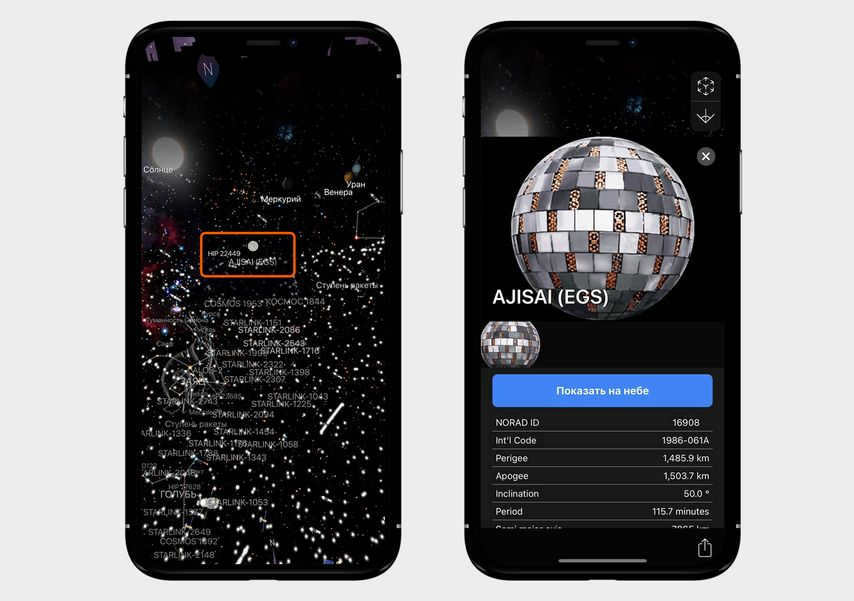
As an illustration, you might stumble upon an object resembling the Death Star from Star Wars, only to discover that it is actually a Japanese geodesic satellite called Ajisai.
While there will only be a brief overview about small satellites, you will find more extensive information about the ISS, planets, constellations, and galaxies.
Take Pluto and the Big Dipper as examples. This application will assist you in locating them in the sky, informing you of their position relative to the horizon, and providing the optimal times to observe these celestial objects based on your current location.
If you are a fan of capturing the beauty of the night sky, the app now offers a weather forecast feature that provides information on whether tonight or tomorrow night would be suitable for stargazing. Moreover, there is an exciting Astrophotography mode available – simply scroll through the menu to locate it. This mode includes pre-set configurations specifically designed for capturing stunning images of the moon and stars. Additionally, users have the flexibility to manually adjust the shutter speed and light sensitivity settings to ensure optimal visibility of celestial bodies.
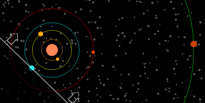
Located on the left side is the menu, which grants you the option to transition into Astrophotography mode. Conversely, on the right side, you will find the settings interface.
Within the application, there exists the opportunity to purchase a Premium subscription for a price of 2,350 ₽ per annum. By acquiring this subscription, you will gain entry to an extensive catalog featuring 1.7 billion stars, as well as the ability to magnify objects on the map by a factor of 10. Unfortunately, such detailed 3D models are not visible within the free version.
Experience the 3D visualization of the solar system and its satellites with Solar Walk Lite
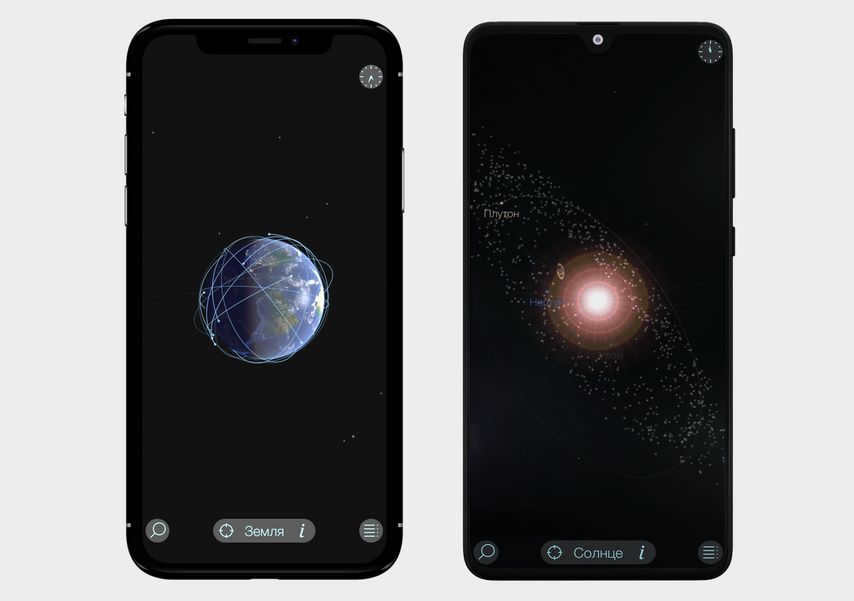
With Solar Walk Lite, you have the opportunity to explore both artificial and natural satellites of the planets.
Languages. You have the option to select one of the 13 languages available for the interface, including Russian. However, please note that some of the descriptions for the planets and satellites will still be in English.
Appearance. The app features a black background that perfectly simulates the vastness of space. On the main screen, you will initially see the Earth, and if you zoom out, you’ll be able to observe the entire solar system, complete with stars, planets, satellites, and even the asteroid belt.
Navigation. It’s important to note that this app does not utilize your geographical location or provide a real-time representation of the night sky. Instead, it functions as a comprehensive catalog of 3D objects within the solar system, allowing you to zoom in and out at your discretion. Simply select the object you wish to explore, whether it be a planet, satellite, or star, and it will be centered on the screen for your convenience.
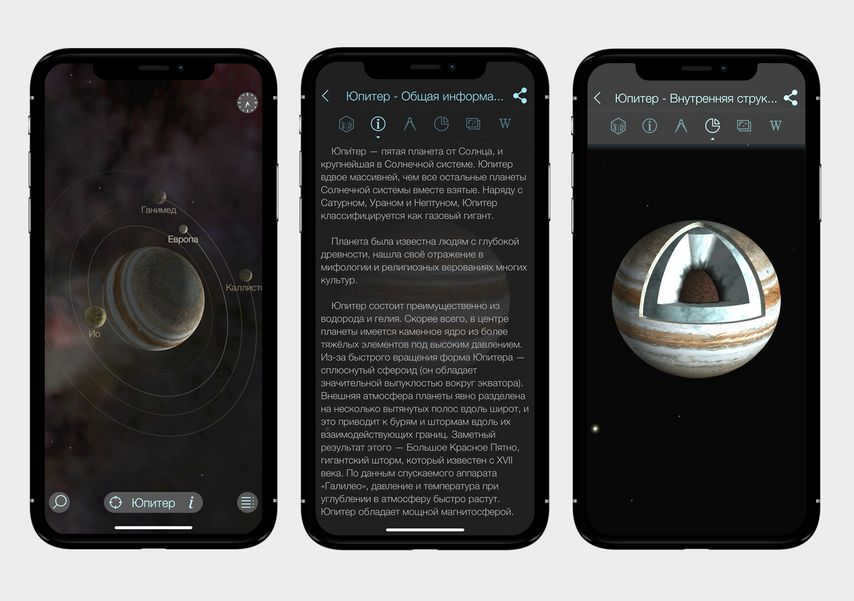
In Solar Walk Lite on iPhone, you have the opportunity to explore Jupiter. You can access general information, interesting facts, and even view the celestial body in the dedicated section. The app provides a comprehensive description, including facts and figures, a 3D model, and supplemental information from Wikipedia, in case the initial description is insufficient.
NASA’s quest for knowledge about the vast expanse of space
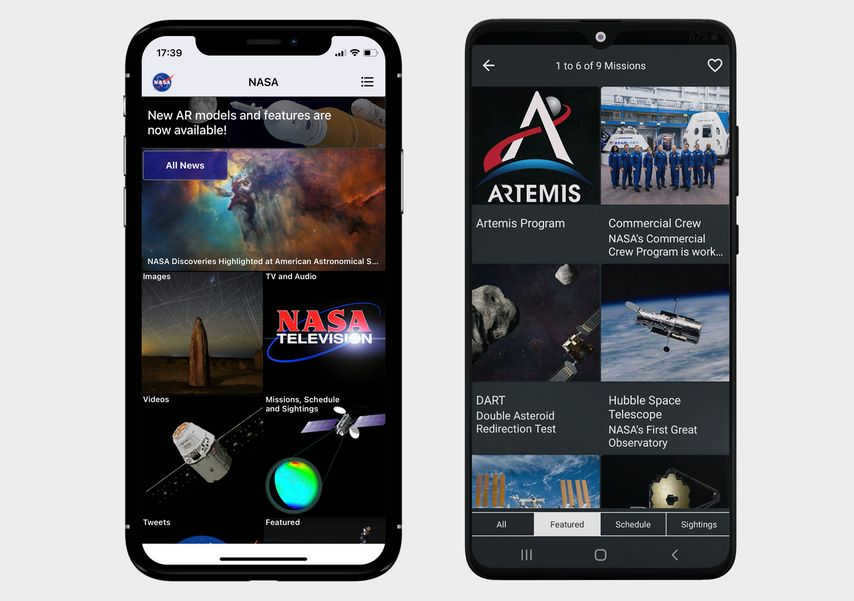
The NASA application offers various features including space news, astronaut tweets, and a collection of themed videos.
Overview. The application resembles a website, featuring a home screen with tiles representing different sections such as NASA research news, videos, podcasts, broadcasts, and information on research missions and artificial satellites.
Navigation. Users can simply click on the tiles to access the desired section and explore its contents.
Special Features. While the app primarily serves as an informational platform, it also includes a Featured section that provides interactive maps, 3D models, and visualizations.
For instance, the Eyes on Asteroids feature presents a 3D view of the solar system with real-time movements of asteroids. Trajectories are displayed with lines, allowing users to check if there is any potential collision risk with Earth.
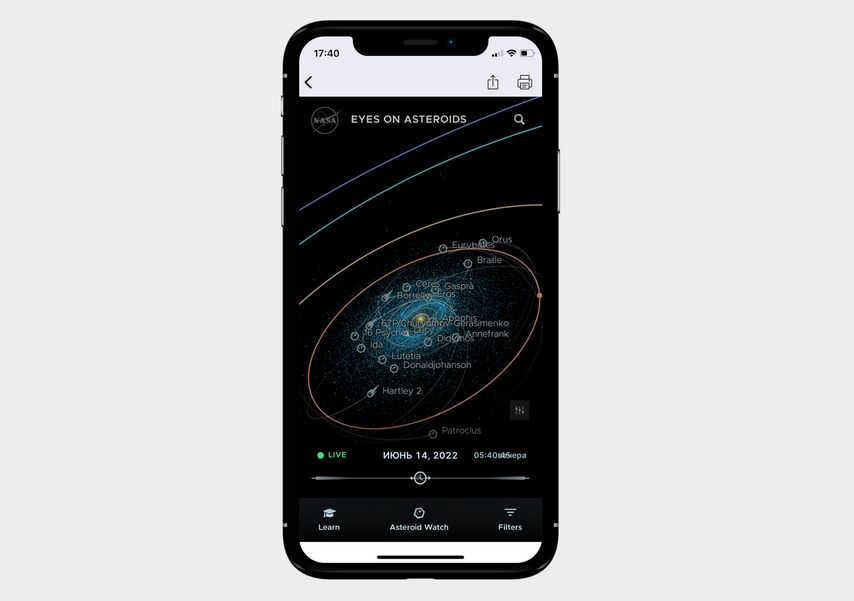
The map of asteroids offers the option to zoom in and zoom out. Moreover, by clicking on a specific object, users are able to view its 3D model.
By navigating to the Planets section, users can explore a comprehensive overview of the planets within our solar system, including both natural and man-made satellites that accompany them.
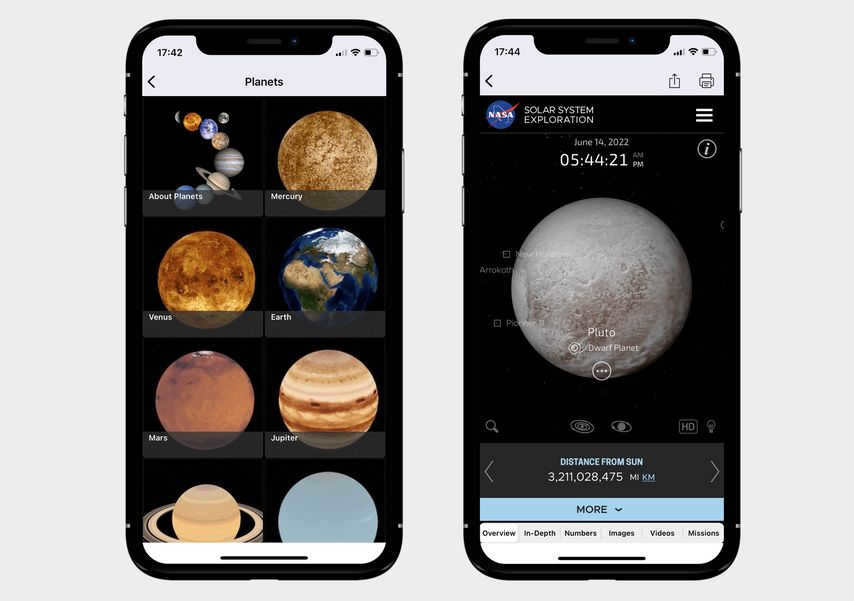
This is the visual representation of the Planets section on the iPhone application. Select a planet to gain knowledge about it and its accompanying satellites.
The Augmented Reality 3D Models tab allows you to experience augmented reality by placing a rocket, satellite, or rover on your desktop.
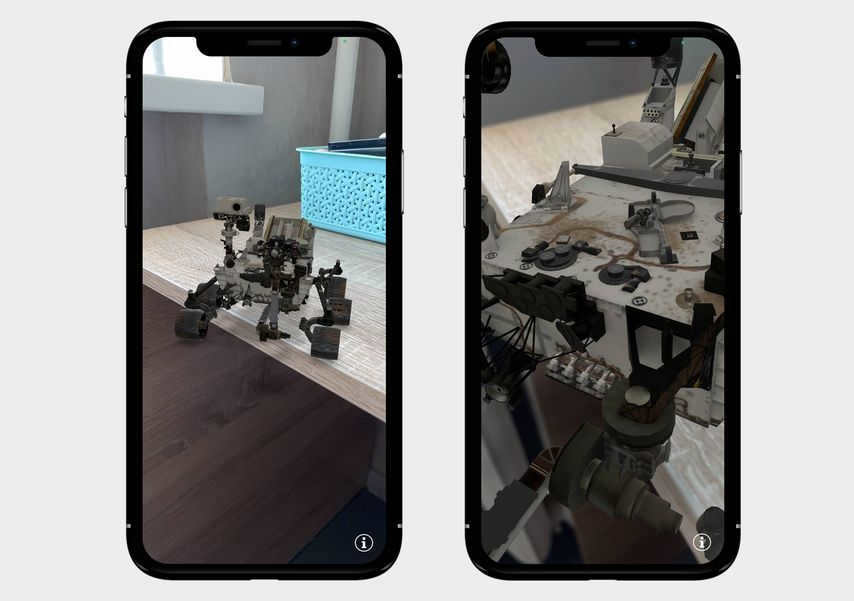
This is the appearance of the Curiosity rover on your computer screen. You have the option to zoom in on the object and observe the intricate details.
Conclusions: which application to select for space exploration
If you require a swift identification of a prominent star in the sky, the Star Map application is the ideal choice. For a comprehensive understanding of Milky Way objects, Star Chart or Night Sky X can be of assistance. The former solely presents stars and planets, while the latter even showcases rocket stages and satellites launched during the 1980s.
To enhance your understanding of astronomy and the vastness of space, you can download Solar Walk Lite or the NASA app. Solar Walk Lite provides a virtual tour of the solar system, allowing you to explore the planets in detail and observe their satellites. On the other hand, the NASA app keeps you updated on the latest advancements in space exploration, including rocket and satellite launches, as well as providing insights into ongoing projects at NASA. Additionally, you can explore the trajectories of asteroids. It’s worth mentioning that both apps are in English, so having a dictionary handy will be beneficial as there are many complex terms used. However, immersing yourself in the language will not only improve your language skills but also enable you to engage in discussions about space with individuals from different cultures.
Alexey Kozlov, on VKontakte: “Stellarium is a free application that provides real-time and non-real-time views of the sky, complete with constellations and a wealth of information.”
Let’s imagine that you recently developed an interest in astronomy. You began attending lectures, keeping up with the latest news, and purchasing books and magazines. Perhaps you even acquired a star atlas or downloaded one onto your computer. Sound familiar? Even if you haven’t had the chance to do any of these things yet, but plan to in the future, the fundamental idea remains the same – you are now an amateur astronomer. Welcome to the club!
Don’t let this surprise you. Anyone can become a astronomy enthusiast. All it takes is a genuine interest in the subject and a willingness to dive into its study. Your first step is to…
– What if I don’t own a telescope? – you might inquire. – Isn’t it essential for an astronomy enthusiast to possess their own telescope? What kind of amateur astronomer am I if I lack a telescope?
Keep in mind: you can still be an avid astronomy enthusiast even without a telescope. I personally am acquainted with numerous astronomy enthusiasts who educate themselves in the field by reading books, stargazing with the naked eye, and utilizing binoculars. Acquiring a telescope is always an option, the key is to determine the specific type of telescope and its intended purposes.
However, what can be done if you don’t have a telescope yet but still want to observe the night sky? Perhaps you’re curious about what can be seen through a telescope. Additionally, you may not have anyone to accompany you as your friends don’t own a telescope, and there are no astroclubs, planetariums, or observatories in your city. So, what can you do in such a situation?
The solution is quite simple – you can explore the wonders of the cosmos through an online telescope! – But how can you use an online telescope? – you may ask. – Where can you find websites that provide this opportunity? Let’s discover.
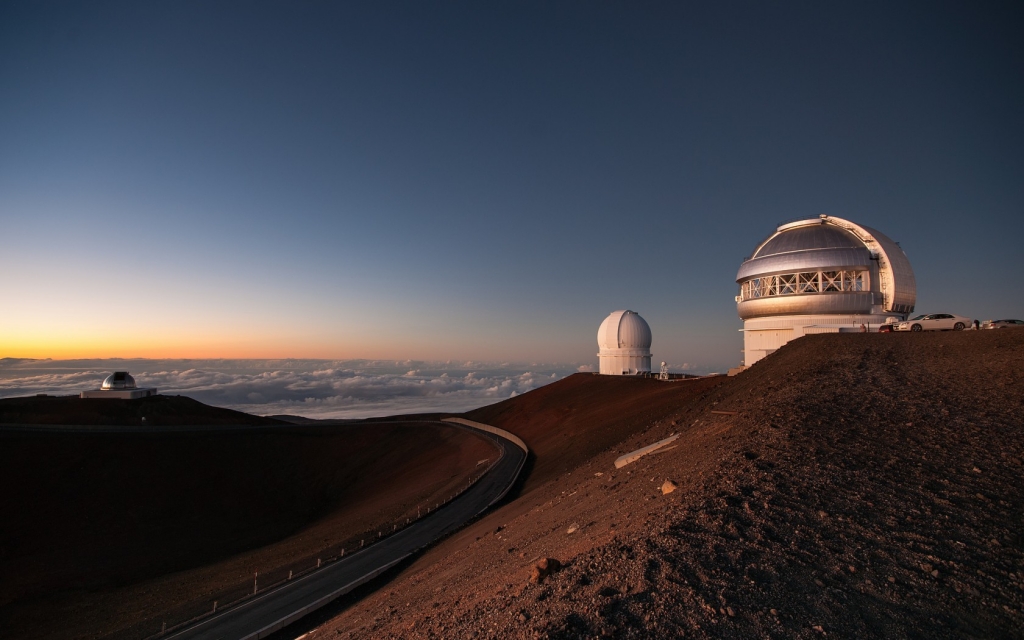
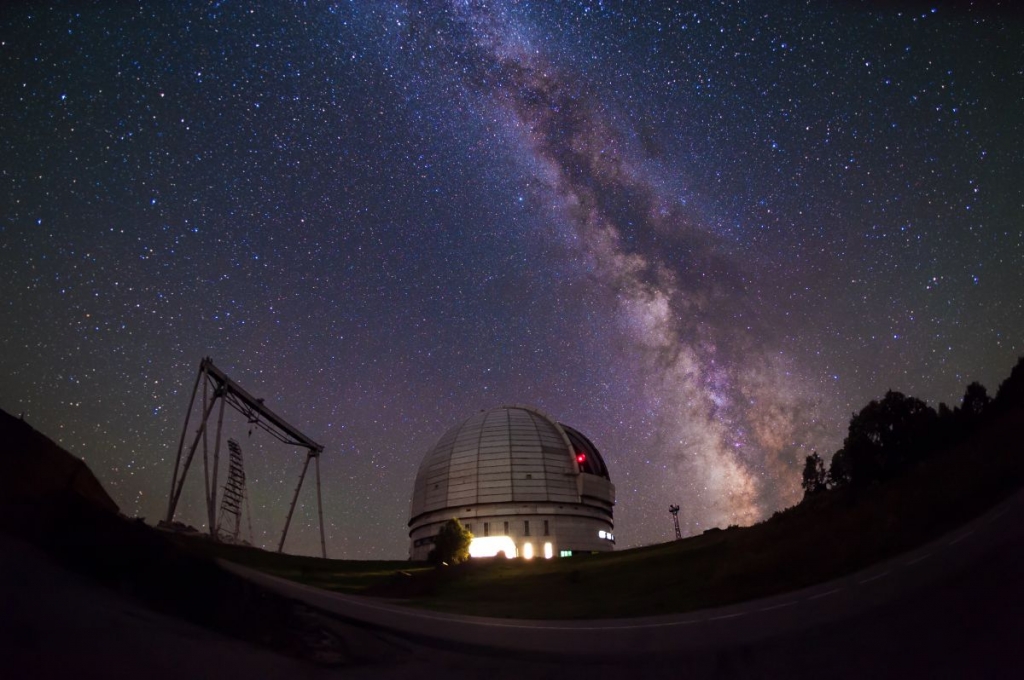
Here, I will provide a list of several websites where you can access telescopes online and explain the specific features and offerings of each. For more in-depth information, please visit the respective sites themselves.
Online telescope sites
1. Centro Astronomico Roque Saucillo
This is an observatory based in Spain. Through their online platform, you can view live footage of the Sun, the Moon, certain planets, and various deep space objects. In the event that there are no current observations, you will have the opportunity to watch archived recordings or receive updates on future broadcasts.
3. Slooh.com
One of the most popular resources for observing the stars is Slooh.com. With a network of approximately 15 telescopes located all around the world, Slooh.com offers free live broadcasts of celestial events. If you’re only interested in watching the telescope in action, you can sign up for a basic account at a cost of $5 per month. For those who want more control over the telescope, there is an option to upgrade to a premium account for $25 per month.
4. MicroObservatory Robotic Telescope Network.
Another option for stargazing enthusiasts is the MicroObservatory Robotic Telescope Network. This resource is available for free and allows users to take snapshots of celestial objects. Simply choose an object from the provided list and enter your email address. The telescope will then capture an image of the chosen object and send it to your email. Keep in mind that the waiting time for the image may be longer than expected.
5. itelescope.net.
iTelescope operates a network of 19 remote-access telescopes, each with its own unique model. These telescopes are strategically located in the US, Spain, and Australia, far away from the light pollution of urban areas and mostly situated in mountainous regions. This platform offers the opportunity to capture stunning astrophotographs of both planets and deep sky objects. Upon registration, users are granted 40 “points” and can begin capturing images using the simplest telescope equipped with a 150 mm lens diameter. Due to its advantageous location, the quality of these images surpasses what can be achieved with the same telescope under urban conditions. For a small fee of $5-10, users can upgrade to more powerful telescopes with a diameter of 700 mm or larger, thus adding approximately 30 additional points to their account. It’s worth noting that capturing images of planets is more cost-effective than photographing galaxies or nebulae. Taking a picture of any planet only deducts 1 point from your account, while capturing galaxies may cost 15-20 points. This discrepancy arises from the fact that photographing deep space objects typically requires longer exposure times, resulting in a higher point deduction.
6. Lightbuckets
At this website, you will have the chance to operate and capture images using five different telescopes. The cost for this opportunity ranges from 35-130 “points” per hour. Each “point” is equivalent to approximately one dollar.
7. Solar & Heliospheric Observatory
On this website, you can regularly find photos of the Sun taken by two satellites: the SOHO satellite and the SDO satellite. You can virtually observe our star using an online telescope. Occasionally, you may even spot Mercury or comets approaching the Sun. By analyzing the extensive data archive available on the site, there is even the possibility of discovering new comets, a task that some individuals undertake on a regular basis.
How to select and purchase your telescope?
Dear enthusiasts of astronomy, browsing through a telescope on the internet is undeniably fascinating. However, after having seen enough, you will inevitably desire to acquire your very own telescope. Regardless of the multitude of virtual observations you may make, they can never rival the firsthand experience of observing through your own telescope. This video will guide you in selecting the right telescope, and you can always make the purchase in our store.
Ways to Share Your Observations
Furthermore, once you acquire a telescope, you’ll have the opportunity to engage in live streaming, allowing you to share your observations with your friends. To accomplish this, you’ll require the Veber Orbitor 3 telescope video eyepiece.

It is compatible with any telescope, and using it allows you to project the image of the object you are observing onto the screen of your laptop. All you need is a reliable internet connection and the OBS or XSplit software. With these programs, you can easily live-stream the screen of your laptop, such as on platforms like Twitch. Then, you can simply share the link with your friends and start exploring together! You can also find the Veber Orbitor 3 video eyepiece available for purchase in our store.
If you have been searching for the solution to the question of “how to view through a telescope online,” I hope you have found it here. Furthermore, I genuinely hope that you will find the provided links and information in this article to be helpful.
Best of luck to everyone, happy shopping, and enjoy your stargazing! May the skies remain clear and the stars shine brightly in your favor!
Are you fascinated by the beauty of the night sky? If so, there are more ways to study it than just using a telescope or reading books. The good news is that there are several convenient online apps available. This article will discuss the best apps for exploring space.
Here’s what you’ll learn in this article:
Star Chart
This app provides a real-time view of the night sky based on your current location. Simply point your smartphone towards the sky, and the app will display specific celestial bodies on your screen. As you navigate the star chart, you can click on different objects to learn more about them. With Star Chart, you can:
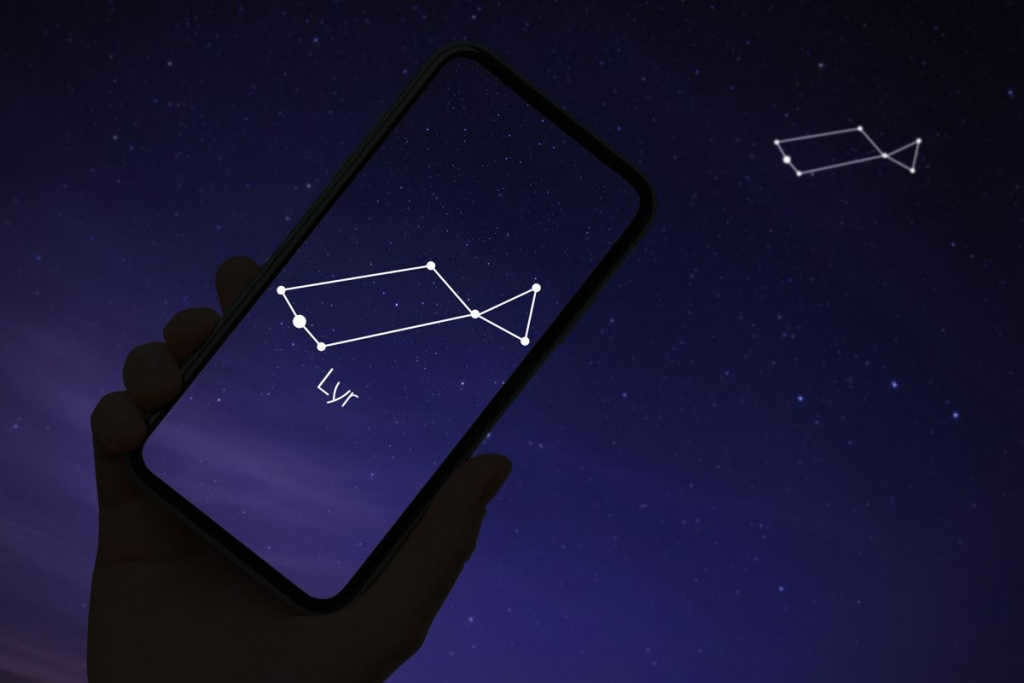

- discover the names of stars and constellations;
- acquire comprehensive data about a celestial object, such as its coordinates, size, temperature, and proximity to other entities.
The application offers paid content. For instance, if you are interested in obtaining information about satellite trajectories, an additional fee will be required.
The software is compatible with both Android and iOS platforms. However, there is no Russian-language version available for the latter.
The captivating beauty of the night sky may lead you to purchase a telescope without even realizing it. It is important to be prepared for such impulsive buying. The Halva card can be a reliable companion in this regard. Upon registration, you can benefit from interest-free installment plans or receive cashback up to 10%.


“Star Card”
The “Star Card” application is now available in Russian for both Android and iOS devices. This innovative app offers users a clear and user-friendly interface, allowing them to simply point their device towards the sky to instantly view detailed information about stars, constellations, and planets. Unlike traditional astronomy apps, there is no need to venture outside as the app utilizes the device’s camera to provide a virtual stargazing experience from any location.
With the “Star Card” app, users can view up to 100 celestial bodies simultaneously. Stars are cleverly connected with lines to form constellations, and users have the option to zoom in or out for a closer look. Additionally, the app provides real-time positioning of planets, allowing users to witness their rotation by simply pressing the play button located at the bottom of the screen.
Additionally, the application offers information on the lunar cycles. This will be beneficial for determining the optimal time for observation. For instance, during the phase of the new moon, it is more favorable to observe other celestial bodies, as the brightness of the moon does not obstruct the view. Conversely, during a full moon, it is ideal for studying the moon itself, as the craters are distinctly visible.
Starry Night
The app is exclusively available for iOS devices. It is not fully localized in Russian: certain names and descriptions still remain in English. The functionality is similar to other apps in the same category: simply point your phone towards the sky, and the magic happens within the app as stars, planets, constellations, and both natural and artificial satellites appear.
Among its features, the app can provide information about specific constellations or even the International Space Station in augmented reality mode. It offers detailed descriptions of various celestial bodies, including asteroids, comets, galaxies, nebulae, as well as satellites and rocket stages orbiting the Earth.
You can search for celestial bodies either by moving your smartphone or by swiping the screen with your finger. Additionally, one of the advantages of this app is the ability to view celestial bodies in 3D mode.
Those who are curious will find the description of planets, constellations, and galaxies to be quite comprehensive here, unlike the limited information available about small satellites.
Night Sky offers an “Astrophotography” feature that allows users to capture high-quality photos of celestial bodies. The program provides recommendations on the best times to photograph stars, indicates the visibility of space objects, and even provides the current weather forecast.
To unlock the full range of features, a paid subscription is required. As of 2023, the subscription costs 399 rubles per month. Subscribers gain access to additional features such as a tenfold magnification option for celestial bodies on the map.
A distinctive and visually appealing app in Russian, compatible with both Android and iOS devices. It offers comprehensive descriptions of over 3000 stars, 88 constellations, and a three-dimensional representation of the solar system. The app’s visualization features realistic lighting and shadow effects for a more immersive experience.
The app operates on a standard principle, allowing users to explore an online map of the night sky by simply rotating their smartphone in any direction.
Detailed information about celestial bodies, including their names, right ascension, azimuth, elevation, and more, is readily available within the app.
One drawback is that not all content is accessible for free. Only the zodiac, the Big Dipper, and the Little Dipper constellations are included in the free version. To access more advanced features, a subscription is required.
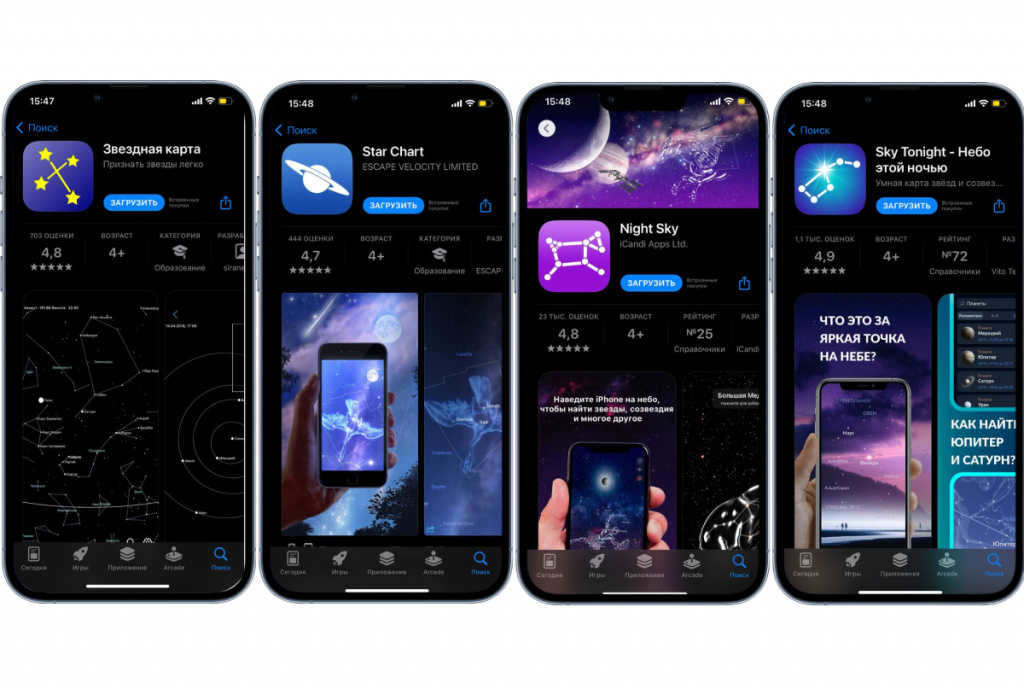
Sky Tonight
Impressive software for exploring the celestial dome. The app goes by the name “Sky Tonight” on iOS and “Constellation Map” on Android.
This application is perfect for identifying that luminous dot in the sky. By simply pointing your device towards the heavens in real time, you will discover the precise location of celestial objects.
One of the noteworthy features is the “Time Machine” which showcases the position of celestial objects in different historical periods. Opt for the augmented reality mode to enjoy an animated representation of the starry sky – this will greatly assist in memorizing constellation locations.
The application provides the ability to stay updated on the latest news in the world of space through the “News” section and offers detailed descriptions of various celestial objects. With the night mode feature, users can observe these celestial bodies in the dark.
Additionally, the application offers several other useful features:
- An astronomical calendar that highlights optimal dates for observing celestial bodies;
- Reminders for important events such as solar eclipses;
- A comprehensive and user-friendly search function. The program includes categories such as “popular” and “recent,” and also categorizes space objects, distinguishing between satellites and conjunctions of planets;
- The application plots the trajectory of an object relative to the observer, rather than relative to the center of the Earth.
You will need to cover the expenses for the majority of these enjoyable experiences. However, based on the feedback, the application is definitely worth it: in 2023, it received a rating of 4.9 out of 5 in the AppStore, even after receiving over a thousand reviews.
Extra: amazing applications related to outer space
Exploring the wonders of the cosmos can be done without the need for a traditional star chart. Two particular apps demonstrate this: Solar Walk Lite: Planetarium 3D and NASA.
Solar Walk Lite: Planetarium 3D
Instead of observing the starry sky in real time, this app offers captivating 3D models of celestial bodies that can be easily zoomed in and out. With its user-friendly navigation, menus, and descriptions in Russian, the application becomes highly engaging.
Although the app limits its focus to objects within the solar system, it compensates by providing detailed information, interesting facts, and figures about each object. If that’s not enough, you can always rely on Wikipedia, which is conveniently integrated into the app.
Whether you’re using an iOS or Android smartphone, you can easily download and enjoy this program.
The NASA mobile application is exclusively available in English, and it does not provide star maps. However, astronomy enthusiasts can access valuable resources such as research data, informative videos, podcasts, live broadcasts, and the latest updates on planned space missions.
One notable feature of the app is its interactive maps and 3D models of celestial bodies. Users can explore asteroids, track their trajectories, and see how close they will pass by Earth.
Furthermore, the app offers a dedicated section to study the planets of our solar system in great detail, including information about their natural and artificial satellites.
A particularly exciting feature is the augmented reality option. By utilizing this feature, users can place virtual objects like the Curiosity rover, rockets, or satellites on their desk. Simply point the camera at the table, select the desired object, and witness the magic unfold!
The application is accessible on both Android and iOS devices.
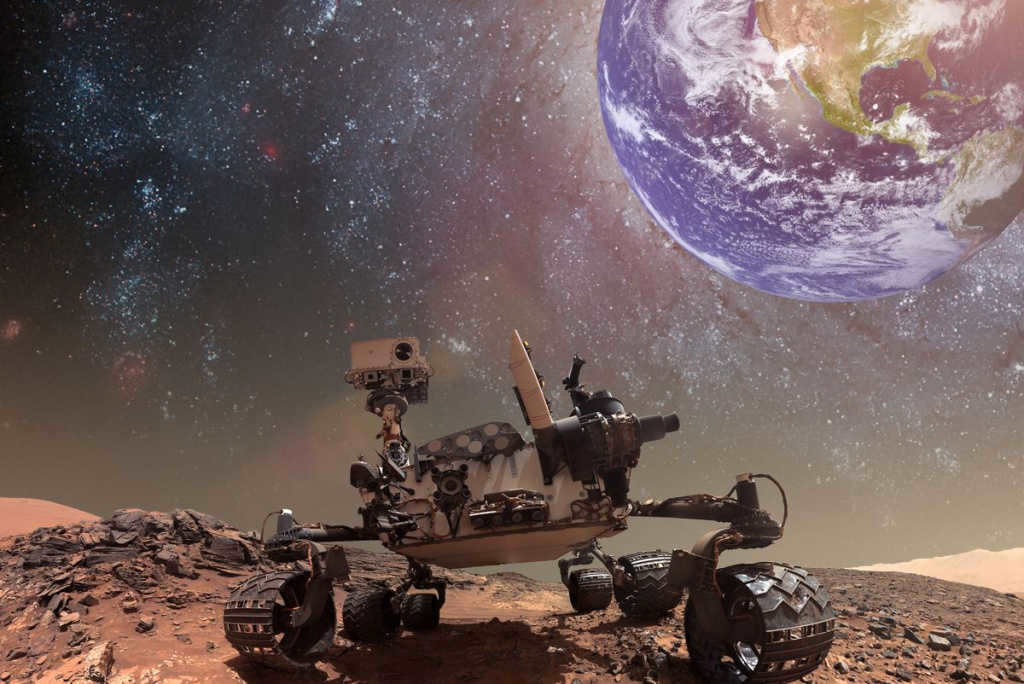
There is a wide variety of online stargazing applications available. The choice you make depends on your specific goals, objectives, and financial capabilities. If your aim is to gain knowledge about the celestial bodies currently visible above you, Star Map is an excellent option. However, if you are seeking more detailed information and visualization, apps like NASA or Solar Walk Lite: Planetarium 3D, which do not include star charts, would be more suitable.
Please note that all pricing, partners, and rate information provided in this article is accurate at the time of publication.
Residents of several regions in Russia will have the opportunity to witness a rare natural phenomenon. The Moon will be positioned in such a way that it will appear to be in close proximity to the supergiant red star named Antares. This exciting event has been reported by “Komsomolskaya Pravda”.
Just to remind you, Antares is the most luminous star in the Scorpius constellation.
What is this phenomenon?

An extraordinary and uncommon occurrence is set to unfold: the Moon will align in a manner that creates the illusion of nearly eclipsing the massive Antares star. However, it is important to note that the actual distance between the Moon and the supergiant Antares is vast. As a result, the angular separation between the Moon’s South Pole and the star will create the visual effect of the star appearing to rest delicately on the Moon’s edge. This phenomenon promises to be a truly stunning and awe-inspiring sight.
When and where in Russia can one witness this phenomenon?
The magnificent natural phenomenon can be observed by the residents of Moscow, Nizhny Novgorod, and Kazan at 9 pm.
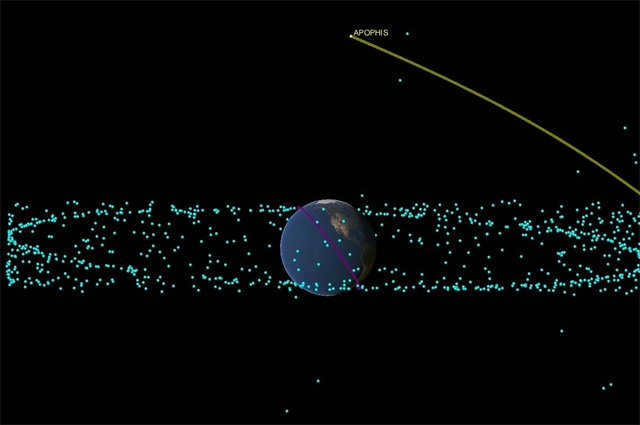

However, it has been reported that the event will be visible throughout the entire European region. The cities of Voronezh and Krasnodar are expected to have the best viewing conditions, as the sky will still be dark at that time. It is worth noting that the distance between the Moon and Antares will vary depending on the location. In Krasnodar, for example, Antares will be twice as far from the Moon compared to Moscow.
The event is scheduled to occur precisely at 9 p.m. In the capital, it might be challenging to observe the phenomenon clearly due to the still bright city lights at this time. However, this issue can be resolved by using binoculars. With the assistance of binoculars, it will be effortless to spot Antares even in a well-lit sky.
In cities situated to the east, the evening spectacle can be observed with the naked eye. For instance, in Kazan, a telescope will not be necessary. Antares is extremely luminous, and it will be easily visible without any aids, according to experts.
This is an interactive representation of the solar system, showcasing the most prominent planets as viewed from Earth. It allows you to observe the planetary positions for a wide range of dates. The interpretation of this image is explained below.
If you are able to read this text, then something has gone awry. It is possible that JavaScript is disabled on your device.
The buttons have the function of scrolling the calendar in different directions, allowing the user to navigate by day, month, and year. If a button is held down, it will automatically repeat the action.
The model displays the planets in the order they are positioned from the Sun.
In this model, the Earth rotates counterclockwise.
For simplicity, let’s assume that we can see exactly half of the ecliptic in the sky. The exact boundaries of the visible part of the ecliptic are not important for our current purposes.
The visible half of the ecliptic is indicated by arrows.
Let’s examine the positions of the planets on August 4, 2013, for example.
Midday
Dusk
At this point, the Earth has completed its rotation (in a counterclockwise direction) and we have reached the moment when the Sun has made contact with the horizon. It is still positioned on the part of the ecliptic that is visible to us, allowing us to observe its presence. However, it won’t be long before it transitions to the portion of the ecliptic that is invisible to our eyes.
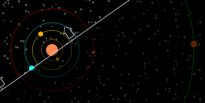
The onset of darkness
As the Sun has descended below the horizon, the night begins to unfold. In the western sky, the planet Venus can be seen, shining brightly.
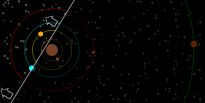

Midnight Hour
As the Earth continues its rotation, the hands on the clock have moved to point at midnight. The Sun has now settled in the middle of the hidden portion of the ecliptic.
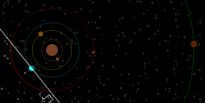
As it can be observed, there are currently no planets visible in our line of sight. This is not a constant occurrence, but on the specific day selected, that happened to be the case.
The conclusion of the evening
As the Earth rotates and the night draws to a close. Subsequently, one after another, three planets become visible in the eastern direction: Jupiter, Mars, and Mercury.
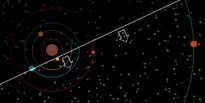
Jupiter is the first to rise and manages to rise above all others, while Mercury appears in the early morning sunlight, which is not yet visible on the horizon, but its light is already noticeable.
The stars in this diagram are fixed. The zodiac is arranged so that the point of the vernal equinox is at the top, represented by Aries (♈). The leftmost point corresponds to the summer solstice – Cancer (♋). The bottom point represents the autumnal equinox – Libra (♎). And the extreme right point represents the winter solstice – Capricorn (♑).
Given that the Sun’s position relative to the Earth determines the signs of the zodiac, it logically follows that if we were to depict the zodiacal constellations on this diagram, Aries (♈) would be located at the bottom, Libra (♎) at the top, Cancer (♋) on the right, and Capricorn (♑) on the left.
Therefore, in our specific examples, the planets Jupiter, Mars, and Mercury would be visible somewhere within the Cancer (♋) constellation. This scenario occurs in August, with the Sun positioned in Leo (♌), not too far from these planets.




